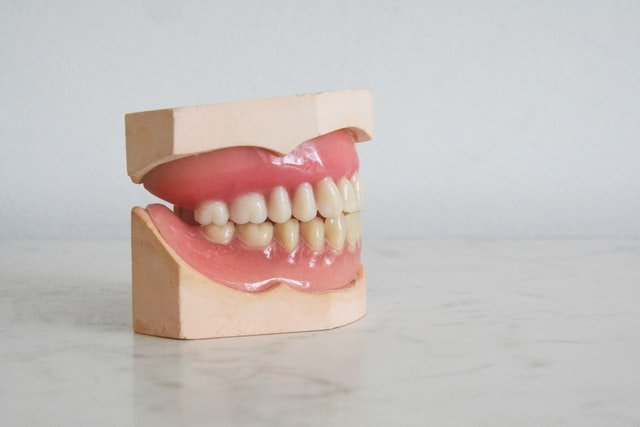When people think about maintaining their oral health, most tend to put the spotlight on the state of their teeth. However, your pearls are not the only significant feature to consider when improving your smile.
The gums play a pivotal role in your dental well-being more than meets the eye, mainly since they are responsible for keeping the integrity of your teeth structure. When your gum health is compromised, it can lead to serious repercussions affecting your bones, especially oral complications like periodontal disease.
What is Periodontal Disease?
It’s the graver counterpart of gingivitis, one that can cause your gums to bleed, stink up your breath, and inflammations that can facilitate gum recession, tooth loss, and bone loss when left untreated. This is the direct result of infections wreaking havoc in your mouth due to tartar build-up, making your teeth harder to clean.
Some tell-tale signs of this troublesome disease include the following:
- Bad breath;
- Swollen gums;
- Bleeding gums;
- Painful chewing;
- Loose teeth;
- Sensitive teeth;
- Recessed gums;
- Change in bite;
- Sudden ill-fitting dentures.
Gingivitis is something that you can control with regular professional cleaning, but when dealing with periodontal disease, it requires more extensive treatment and even corrective surgery in the worst-case scenario.
Different Treatments for Periodontitis Disease
Nonsurgical Treatments
When you’re at the earlier stages of periodontal disease, you can fix the issue before it spirals out of control with the help of the following procedures:
- Scaling – This procedure involves removing tartar build-up across your teeth surfaces, hard-to-reach areas, and along your gum lining.
- Root Planing – As the moniker suggests, it smoothes out the tartar on your root surfaces to prevent bacteria from aggravating your condition.
- Antibiotics – Beyond removing the tartar that’s inflammation and delayed healing, dentists may also recommend you take topical or oral antibiotics to kill the remaining infection-causing bacteria in your mouth.
Surgical Treatments
When the periodontal disease advances, it can compromise your bone structure, which is why it will require different surgical procedures such as the following:
- Flap Surgery – This involves the dentist making tiny incisions in your gum to expose your roots for a more effective root planing;
- Soft Tissue Grafts – The loss of your soft tissue will cause your gums to pull back, so the dentist will have to get more soft tissue from the roof of your mouth or from a donor source to stop the recession and protect your exposed roots;
- Bone Grafting – When the disease is at its most devastating stage, and the bones keeping your teeth together are completely destroyed, it will need to be grafted to mitigate further bone and tooth loss.
The Bottom Line: What to Know About Treating Periodontitis Disease
Gum disease is a distressing condition that needs immediate professional attention as ignoring the problem will only lead to severe consequences such as bone loss. If you’re dealing with periodontal disease, don’t take it lightly, and be sure to seek treatment with your dentist as soon as possible.
Why Choose Nasser Dentistry to Improve Your Oral Health?
We’re a dental clinic in Ontario, Canada, that offers tailored solutions for your needs. With our multifaceted dental services, different braces options, and professional, multilingual staff, we can cater to your needs without a hitch. Get in touch with us and see what we can do to enhance your smile!

